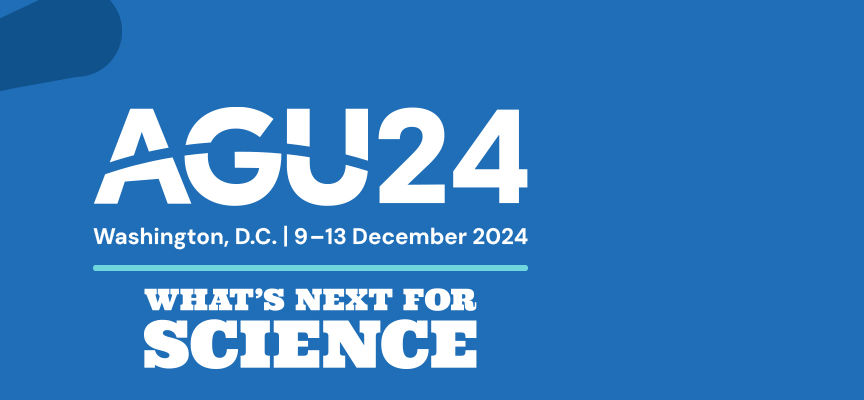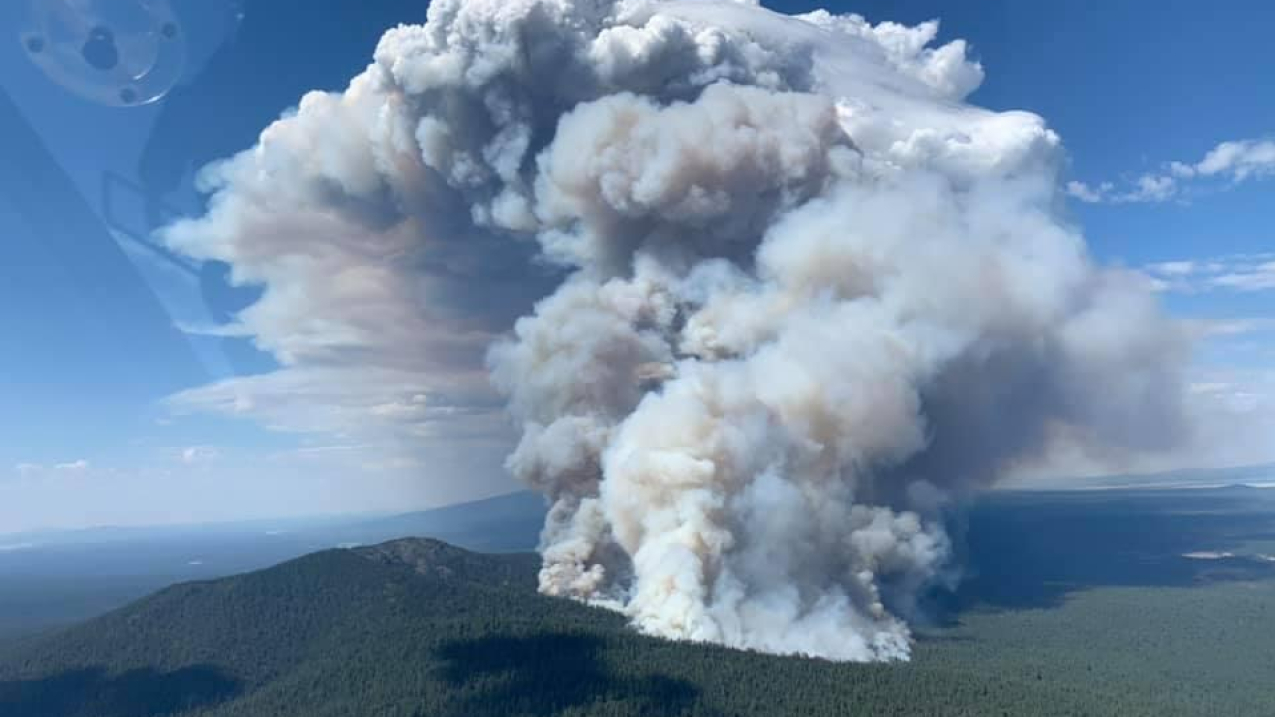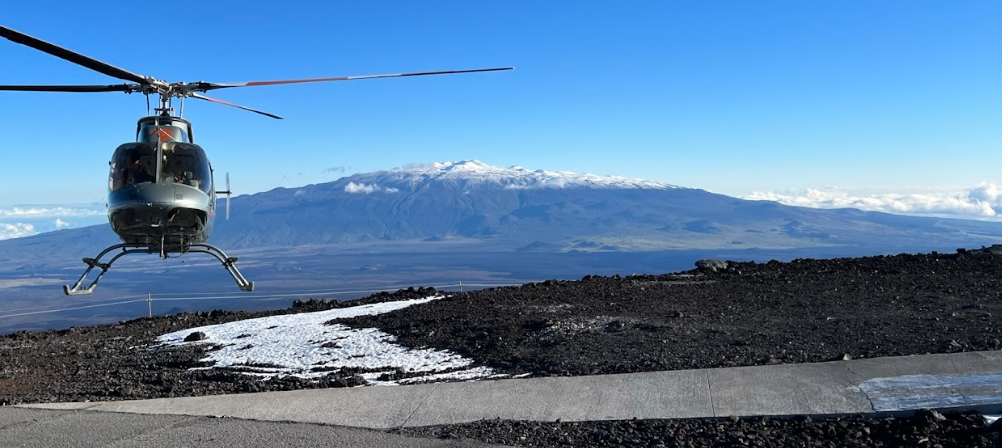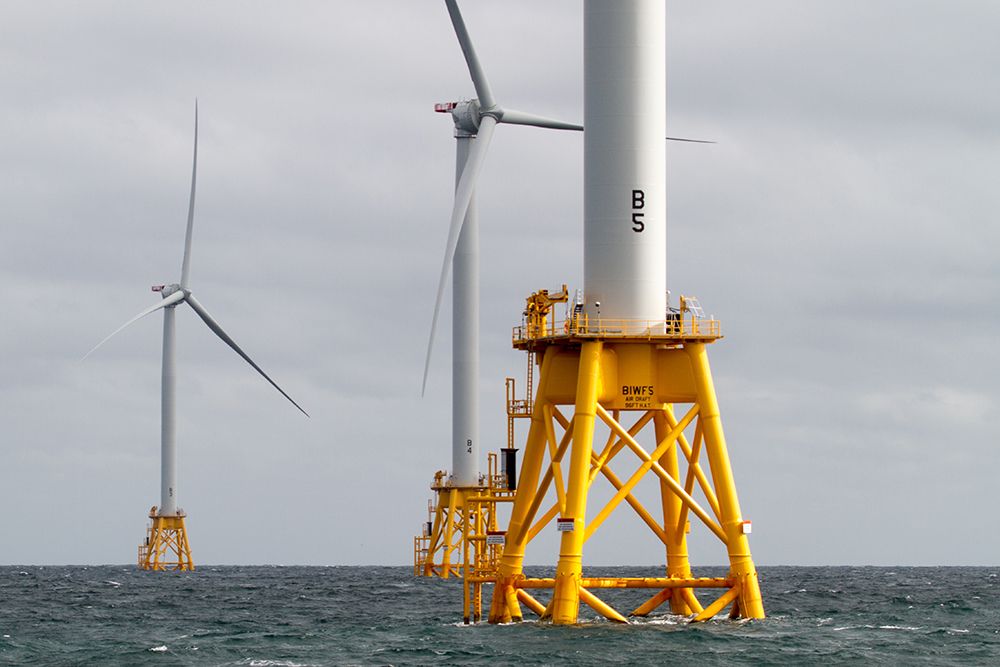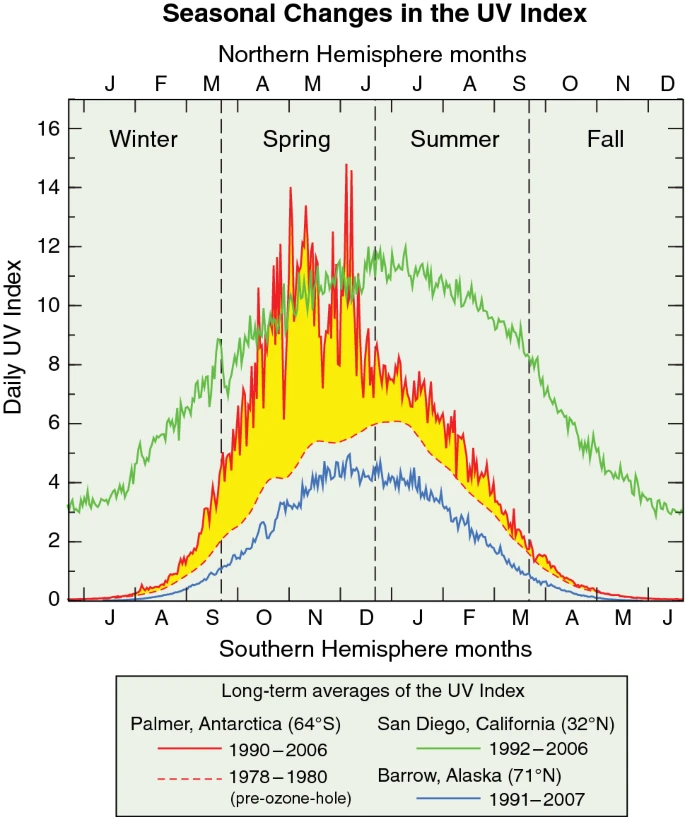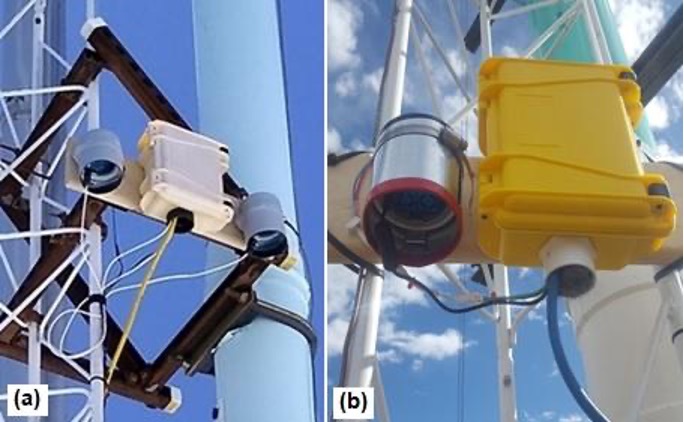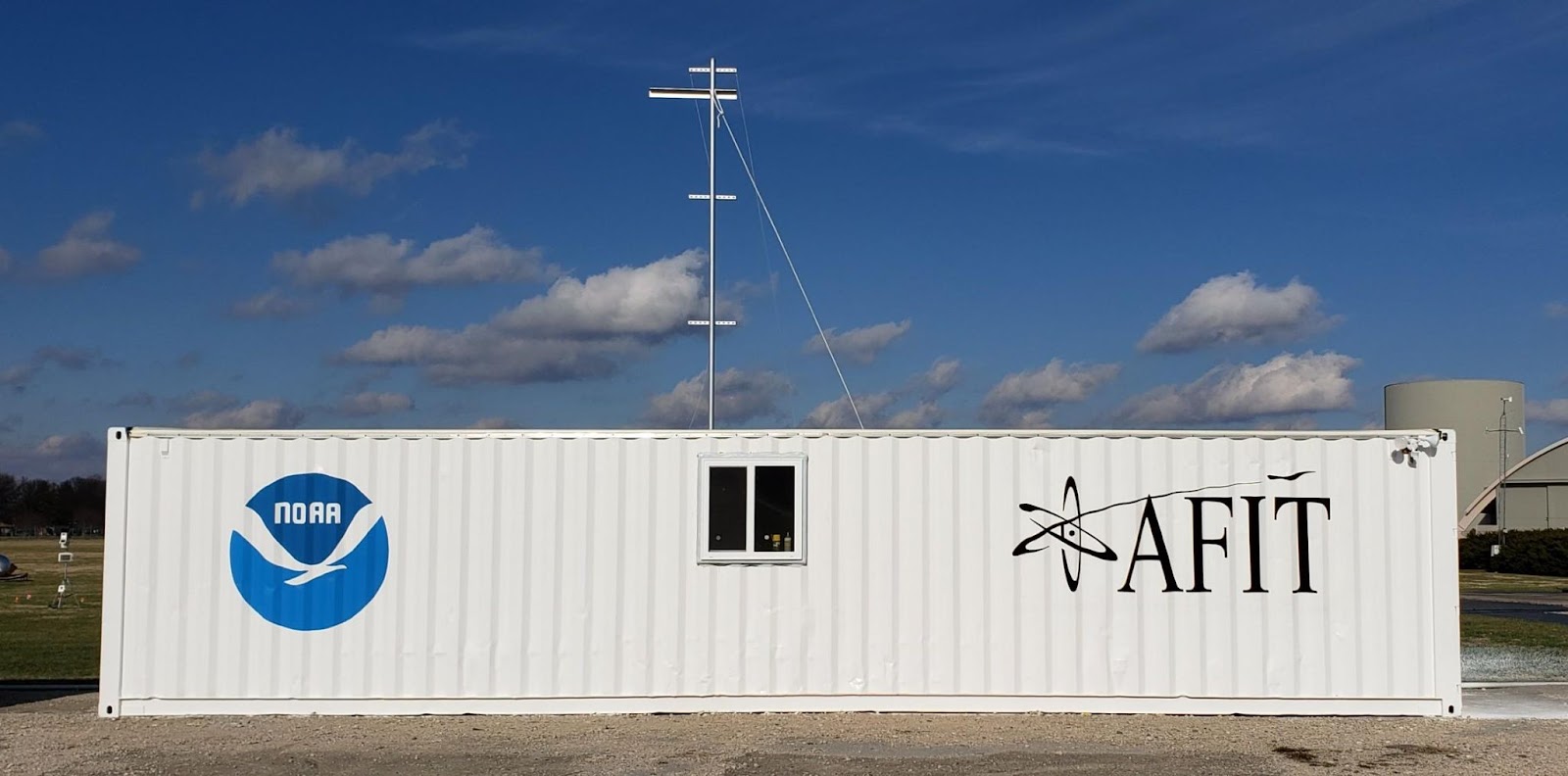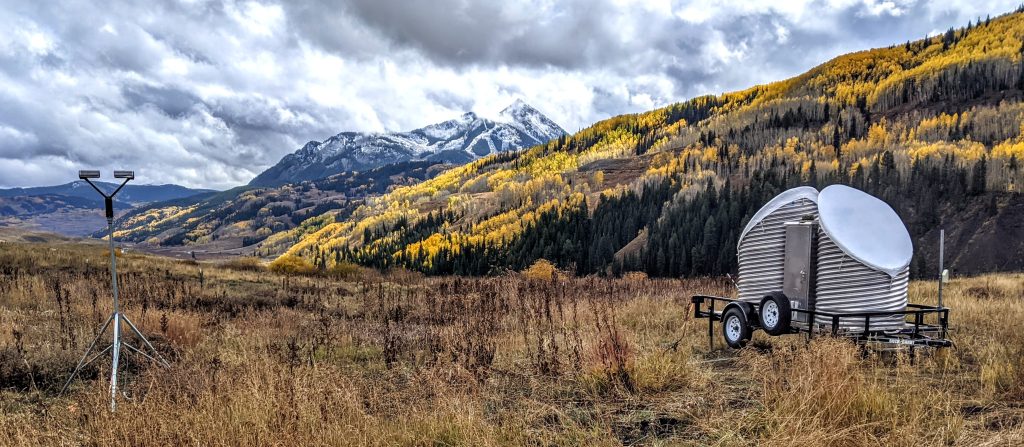News

September 4, 2025
New mobile NOAA Research fire weather observing facility undergoes testing in Colorado
A new, mobile fire weather observing system that can be quickly deployed to wildfire-prone regions to monitor how weather conditions contribute to fire ignition risk and behavior is undergoing testing and collecting data on a site near Boulder, Colorado. The mobile system, called “Collaborative Lower Atmospheric Mobile Profiling System” (CLAMPS), is one of several new NOAA fire weather observation systems developed during the past few years. It is a joint project between Air Resources Laboratory (ARL), Global Monitoring Laboratory (GML), Global Systems Laboratory (GSL), and Physical Sciences Laboratory (PSL), and is a key part of NOAA’s larger effort to advance our understanding of the interactions between wildfires and weather.January 16, 2025
Biden-Harris Administration, NOAA invest $15 million to help protect Western U.S. communities from wildfire
The Department of Commerce and NOAA announced today that approximately $15 million has been provided through the Bipartisan Infrastructure Law to construct and deploy a new suite of fire weather observing systems in high-risk locations in the Western United States to support wildfire prediction, detection and monitoring.December 4, 2024
GML highlights at AGU 2024 Fall Meeting
GML and CIRES researchers are presenting several talks and posters at the 2024 Fall Meeting of the American Geophysical Union and collaborating on many more.January 10, 2024
Biden-Harris Administration invests $34 million for NOAA fire weather research through Investing in America agenda
Today, the Department of Commerce and NOAA announced the award of more than $34 million to reduce the risk to Americans’ lives and property from wildfires. This funding will support wildfire preparedness and response as part of President Biden’s Investing in America agenda under the Bipartisan Infrastructure Law.December 13, 2023
One year after the eruption, Mauna Loa Observatory has resumed key science activities
Over the past year since the eruption of Mauna Loa volcano on Hawaii’s Big Island on Nov. 27, 2022, MLO staff visiting the site once a week via helicopter have restored limited power to four key observatory buildings by augmenting existing solar generation and adding battery systems.December 1, 2023
New England research project to boost off-shore wind generation
A new research effort led by NOAA and the Department of Energy spinning up this month will play a significant role in the development of wind energy off of the New England coast.March 22, 2023
Celebrating Women's History Month 2023 with Kelly Balmes
To celebrate Women’s History Month, we asked women throughout NOAA Research to share how their work contributes to NOAA’s mission of preparing for a Climate-Ready Nation. This article highlights an interview with Kelly Balmes, a CIRES postdoctoral research associate in the Global Monitoring Laboratory (GML) Radiation, Aerosol, and Cloud Division.January 9, 2023
GML highlights at the AMS 2023 Annual Meeting
GML and CIRES researchers are presenting several talks and posters, and collaborating on others, at the 2023 Annual Meeting of the American Meteorological Society.December 6, 2022
GML highlights at AGU 2022 Fall Meeting
GML and CIRES researchers are presenting several talks and posters at the 2022 Fall Meeting of the American Geophysical Union, and collaborating on many more.March 21, 2022
Fair-weather cumulus clouds are found to stimulate more surface energy exchange over a forested landscape
New research found that low, fair-weather, cumulus clouds stimulate stronger surface energy exchange in comparison to other sky conditions over a forested landscape in northern Wisconsin.March 11, 2022
Research confirms the large impact of the Antarctic ozone hole on UV radiation
New research in confirms a large effect of the Antarctic ozone hole on UV radiation.February 16, 2022
A potential application of a low-cost sensor in global aerosol monitoring
New research evaluates the use of a low-cost, widely-used PurpleAir sensor to estimate aerosol light scattering properties.February 10, 2022
A new site is installed for the NOAA Federated Aerosol Network
A new site was installed for the NOAA Federated Aerosol Network (NFAN) in January 2022. The new station will be operated by the Air Force Institute of Technology at the Wright Patterson Air Force Base, Ohio.December 9, 2021
GML highlights at AGU 2021 Fall Meeting
GML and CIRES researchers talks and posters at the 2021 Fall Meeting of the American Geophysical Union.October 21, 2021
Researchers head to the mountains to improve weather and water forecasting tools
NOAA scientists were busy installing a state-of-the-art observing network in a remote basin near Crested Butte to study how precipitation forms in the complex, high-altitude terrain of the West Elk Mountains.



